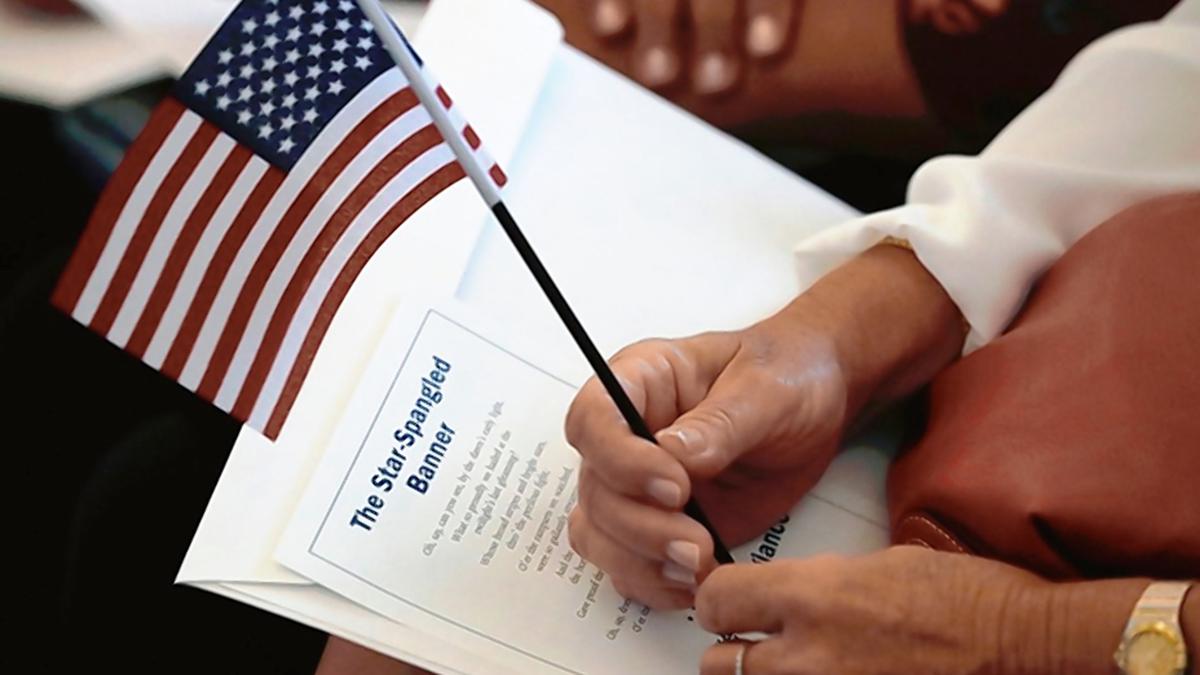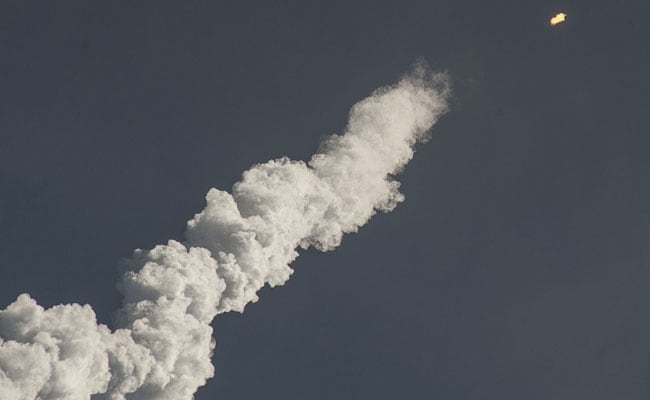The story so far: The Biden administration on October 20 sought emergency assistance from the U.S. Congress amounting to $14.3 billion in aid to Israel amid the ongoing war with Hamas in Gaza Strip. In an address to the nation, U.S. President Joe Biden declared his support for Israel [and Ukraine as well, against Russia] and said that the urgent funding for Israel, Ukraine, and Taiwan, as well as humanitarian aid and border management is a “smart investment that’s going to pay dividends for American security for generations.”
President Biden’s address came after his quick trip to Israel where he met Israeli Prime Minister Benjamin Netanyahu and voiced his support for the country after an attack by Hamas militants on October 7.
“I understand. Many Americans understand,” Mr. Biden said as he wrapped up his stay in Tel Aviv, likening the October 7 Hamas assault to the attacks against the United States on September 11, 2001, that killed nearly 3,000 people. “You can’t look at what has happened here… and not scream out for justice,” he said.
President Biden was also scheduled to meet Arab leaders but Jordan called off the planned after the Palestinian Health Ministry reported that at least 500 people were killed in an Israeli airstrike at the al-Ahli Hospital in Gaza city on October 17. The Israeli military said it had no involvement and pinned the blame on a misfired Palestinian rocket.
U.S. foreign aid for Israel
The U.S. has historically maintained a supportive view of Israel. It was the first country to recognise Israel as a sovereign nation in 1948. Since then, it has backed the West Asian country in international forums, mediated discussions in the geopolitically troubled region, and provided financial assistance.
A report published by the U.S. Congressional Research Service (CRS) in March 2023 says that Israel has been the largest cumulative recipient of U.S. foreign assistance since World War II. The U.S. has provided Israel with $158 billion (not adjusted for inflation) in bilateral assistance and missile defence funding till date.
Although the U.S. provided economic assistance to Israel from 1971 to 2007, almost all current U.S. bilateral aid to Israel is in the form of military assistance.
The two governments signed a 10-year memorandum of understanding (MoU) in 2016, which covers years 2019 through 2028. U.S. pledged to provide Israel with $38 billion in military aid ($33 billion in Foreign Military Financing (FMF) grants plus $5 billion in missile defence appropriations), subject to congressional allocation.
For the 2023 financial year, the U.S. Congress authorised $520 million for joint U.S.-Israel defence programmes, which includes $500 million for missile defence, under the James M. Inhofe National Defence Authorisation Act for the year. According to the terms of the MoU, the U.S. Congress approved $3.8 billion for Israel under foreign military financing and missile defence in the FY2023 Consolidated Appropriations Act, and added another $98.58 million in funding for other cooperative defence and non-defence programmes, the CRS report said.
The U.S. also provides financial aid for Israel’s Iron dome, the sophisticated air defence system designed to intercept short-range rockets fired from up to 70km away. The U.S. began financially supporting Israel’s development of Iron Dome in 2011.
Wartime assistance to Israel
Out of President Biden’s $14.3 billion proposed aid to Israel, over $4 billion has been allocated to defence-related activities in Israel, including equipment and military education and training. Another $801 million, if approved, will go towards procuring ammunition, improving ammunition plants and equipment.
In compliance with its support for Israel’s Iron Dome, President Biden’s proposal includes $4 billion for procuring enhanced system capabilities for both Iron Dome and David’s Sling, and another $1.2 billion for research and development of the Iron Beam defence system capabilities.
The proposal also allocates $3.5 billion towards refugee assistance from the war in both Ukraine and Israel, and another $5.7 billion to meet humanitarian needs stemming from the war in Ukraine, the situation in Gaza, and the regional and global impacts of those crises.
Where does Jerusalem stand in Israel-U.S. relations?
In 2017, former U.S. President Donald Trump reversed decades of policy by recognising Jerusalem as the capital of Israel. He called his decision “long overdue,” despite warnings that the move could deepen the Israel-Palestine conflict.
Israel views Jerusalem as its undivided capital, while the Palestinian Authority, the provisional government in the West Bank, sees the eastern half of the city as the capital of their future state.
The U.S. Congress passed the Jerusalem Embassy Act in 1995, calling on the United States to move its embassy from Tel Aviv to Jerusalem, recognising it as Israel’s capital. But Presidents Bill Clinton, George W. Bush and Barack Obama, kept postponing the move, six months at a time.
The U.S. now operates an embassy in Jerusalem; it was opened in May 2018 under former President Trump.
UNSC support
The U.S.’s support to Israel reflects in its stand at international forums, like the United Nations Security Council (UNSC). On Wednesday, the U.S. vetoed a UNSC resolution that called for humanitarian access to Gaza Strip and a pause in the ongoing fighting between Israel and Hamas militants. Twelve members voted in favour of the draft text framed by Brazil, while Russia and Britain abstained.
Russia also attempted to bring in a similar resolution calling for a humanitarian ceasefire between Israel and Hamas on Monday but it failed to pass.
Over the years, the U.S. has blocked multiple UNSC resolutions concerning the situation in West Asia, “including the Palestinian question,” hence maintaining its position as one of the strongest allies of the country.
What U.S. interests does Israel serve?
Israel’s technical advancements have solidified its position as one of the most sophisticated weapons manufacturers in the world. According to a report by the Stockholm International Peace Research Institute (SIPRI), Israel was the tenth-largest weapons exporter between 2018 and 2022. Although the U.S. tops the list, it still depends on Israel for the manufacture of parts of its weapons, including the F-35— among the most advanced fighter jets in the world. Israeli companies make F-35 wing sets (Israel Aerospace Industries) and helmets (Elbit Systems), a CRS report said.
Israel also holds considerable power in West Asia, the shatterbelt region in which U.S has recorded immense interest. Soon after Israel was formed in 1948, Arab nations like Egypt, Jordan, and Syria attacked the newly-formed territory in the first Arab-Israeli war. However, over the years, the geopolitics of the area changed drastically, and while other countries lagged across economic and sociopolitical sectors, Israel established itself as one of the leaders of the geopolitically tense region.
Israel crushed Egypt and Syria in the six-day war of 1967, making further territorial gains and establishing itself as an eminent military power in the region. As the influence of Arab countries waned over the years and the U.S. made inroads in the region through either diplomatic efforts or invasions, Israel remained its steadfast ally through it all, cementing the relationship between the two countries.

















